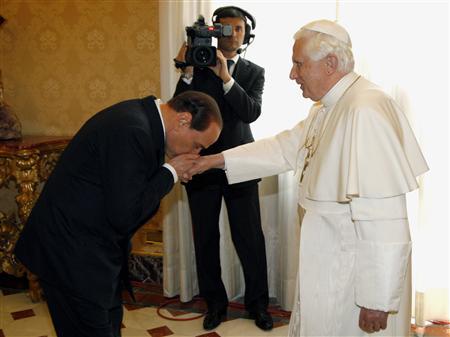Shaking hands to say hello or to thank, waving good-bye, clapping hands to approve, holding hands to express affection, moving fingers to mock or insult or mimic, joining hands to pray, raising hands up to indicate surrender, kissing hands to pay homage to a superior authority or person, or just to please somebody in a ballroom in Vienna… Of course the repertoire of these gestures varies across lands and times, but hands—more than most other body parts—help us understand the symbolical aspects of social interactions, from religious ceremonies to everyday interactions. The uses, disposition, movement, or display of hands are part of a specific autonomous history of bodily practices. They usually deal with concepts of respect, authority, obedience, homage, hierarchy, compliance, fidelity, recognition, or obligation, and are at the very center of several social rituals that cannot be completed without the “hand part,” because the symbolism of contact is the most powerful analogon of human relationships.
Hands and objects related to hands are important not only because they are used as symbols and also in symbols, but because they are at the origin of some the most powerful images and gestures concerning obligations, relations, and common institutions such as marriage, friendship, religion, power etiquette, and so on. Hands are everywhere and, if we pay attention, they have the peculiar power to condense some of the most basic and permanent symbolical operations.

Let’s take the famous example of kissing the pope’s ring, the annulus piscatoris or “ring of the fisherman” (Peter, the apostle, first bishop of Rome, is supposed to have been a fisherman as his full-time job). There is a curious thing about this ceremony: most commentators read it as a form of hand kissing, at least as it is portrayed in contemporary culture—as it is in Coppola’s The Godfather, in which this gesture signals that the mafia bosses are being recognized as bosses by their lieutenants, clients, and affiliates.
Although there is some controversy about the origins of the ring-kissing rite, one can accept that this particular practice derives from what was once the feudal rite of declaring fidelity, by which a vassal takes the oath to serve and be recognized by a feudal lord as his servant, client, friend, and ally. It is a public ceremony, and as such requires witnesses because, in the case of feudal societies, the visible is the real, in the sense that it is very important that the dramatic aspects of the ceremony should be understood and recalled by every witness. This deceptively simple gesture captures (and produces) a very interesting and dense network of meanings: the unilateral affirmation of hierarchy, the nature of the bond between the two persons, the consequences of the recognition of the bond.
But what interest me here are the effects of condensation that the act and the objects involved suppose. I say this because the problem with the reading of the pope’s ceremony of kissing the ring is, precisely, that it is not a hand kissing, but a ring kissing. What matters is body contact with the object. Of course the fact that most of the times the visitor is kneeling and the pope is seated also matters. But the central thing is that by kissing the ring, the symbolism is attached to what the object represents and concentrates. The ring is a symbolon, the union of two aspects: a thing and an idea. And the Catholic Church has made an art of creating condensation through objects and persons in order to fuse and densify meanings. This is an interesting discussion, because papal authority is supposed to be mainly spiritual (not “wordly”), and so is its aura.
The ring, as a political artifact within European tradition, was a German “barbarian” heritage, used in different Nordic and medieval societies for ceremonies. The ring operated as a condensation of the power of the lords and chiefs, it was used to remind and materialize alliances, and to embody and “declare” the personal status of the bearer.
Oddly enough, the problem with the pope is that kissing the ring would be supposed to recognize not only his power (and, since he is an absolute monarch, we should add: his personal power), but also the power of the Church condensed in the ring (and by association the power of its God, to put it simply). Of course, since the pope has lost all his territories, and is no longer a “prince,” this is exactly what is going on in the picture of Berlusconi kissing the Pope’s hand: a recognition and a symbolical pledge. But again, the staging of the kiss deals with condensation. Things and meanings are all concentrated in a point here: the power of the church, the power of the pope, the power of God, and finally—since the ring in itself is the synthesis of all those ideas—the idea of power itself.
In this sense, submission to the scenography of papal power is part of an old circus. What Berlusconi, as a political character, seems to seek is also one of the most ancient forms of magical transfer: acquiring the same aura by contiguity. To be blended, to be fused by association to the aura of sacred power. By kissing the ring, Berlusconi repeats one of the oldest gestures in the comedy of political power: to fuse the sacred and the political in order for us, the witnesses, to be impressed by symbols, to submit to them.




